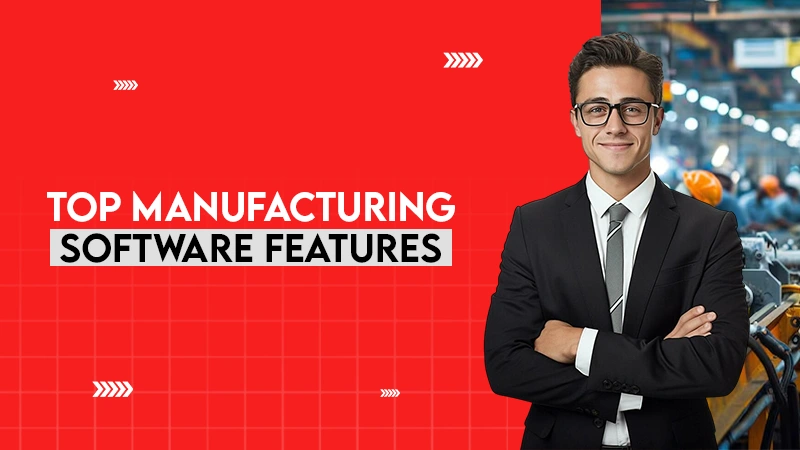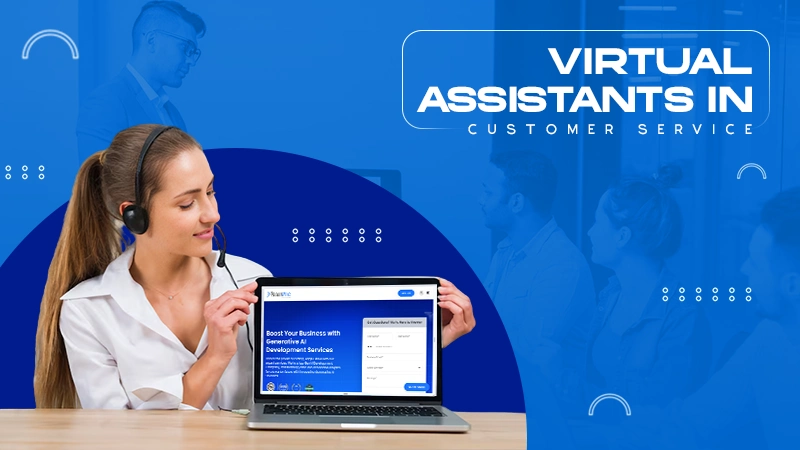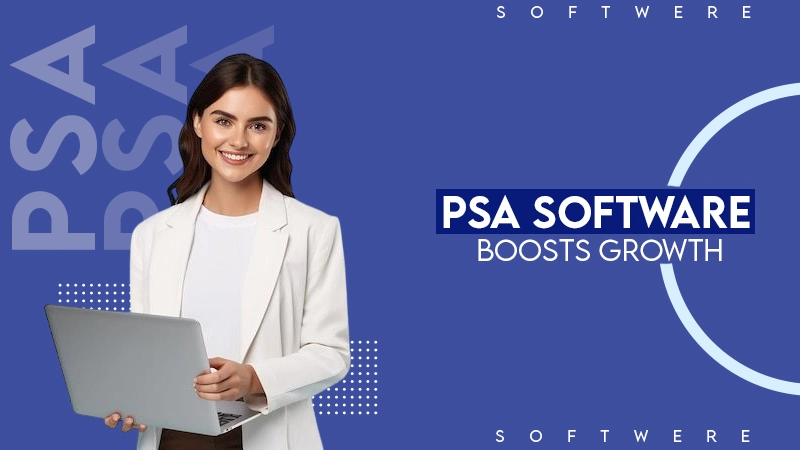Custom vs. SaaS eCommerce Development: Which One Fits Your Business Model?
Introduction
Should I start my eCommerce journey with a SaaS eCommerce or a custom platform?
Short answer: Start with SaaS if you’re planning for speed, lower upfront cost, and simplicity. However, if you’re more into flexibility and ownership, developing a custom eCommerce platform via an eCommerce development agency could be your foundation.
In this blog, we take a closer look at the different aspects of custom vs. SaaS eCommerce development. Continue reading as we learn more about its role in the following sections.
What is SaaS eCommerce?
Simply put, SaaS eCommerce platforms are cloud-based solutions that enable businesses to develop and operate online stores without having to construct them from scratch.
Think of SaaS platforms as ready-made, subscription-based platforms that manage infrastructure, hosting, upgrades, and technical upkeep, allowing you to focus on operating your business.
Here’s how it adds to your operations:
- SaaS eCommerce software is cloud-hosted, eliminating the requirement for server setup and backend management.
- Drag and drop store builders allow you to launch your business without coding.
- Ready-to-use connections with built-in payment channels such as Stripe and PayPal.
- Pre-built themes and template designs allow for easy deployment.
- App ecosystems enable you to add functionality with one-click integrations.
Shopify, Wix, and BigCommerce are some of the most popular SaaS eCommerce application development platforms. While these platforms are great for beginners, they are further enhanced once business owners collaborate with the software development agency Brainvire. It helps them gain a competitive edge.
What is Custom eCommerce Development?
Custom eCommerce development entails creating entirely customized online stores from the ground up based on your company’s model, brand experience, processes, and long-term ambitions. Unlike SaaS systems, which offer pre-built templates and limited flexibility, bespoke development provides total control over functionality, design, connectors, and scalability.
Here’s how it adds to your operations:
- Create each part to meet your own brand, customer journey, and functionality requirements.
- Designed to expand with your company, whether you’re adding goods, markets, or client segments.
- Easily link to your PIM, ERP, CRM, marketing tools, or bespoke APIs.
These solutions are frequently developed on open-source platforms such as Magento, WooCommerce, or headless commerce architectures, using frameworks such as React, NextJS, and backend stacks such as NodeJS or Laravel.
SaaS vs Custom eCommerce: Key Differences That Impact Your Business
When creating and developing your online business, the difference between SaaS eCommerce platforms and bespoke eCommerce development extends beyond features; it’s also about how each option aligns with your business budget, goals, and growth strategy. Hire eCommerce developers to gain comprehensive clarity and begin your job in earnest.
Let us evaluate them side by side based on six crucial decision-making factors:
Time to Market
SaaS: Launch in days or weeks using ready-to-use templates.
Custom Development: Orders take 6-12 weeks or longer, depending on intricacy.
If speed is a primary priority, SaaS is the way to go. If strategy and distinction are more important, bespoke is worth the wait.
Customization and Flexibility
SaaS: These platforms offer plug-and-play features but limit backend customization and third-party integrations.
Custom eCommerce: It gives you full control over UI/UX, workflows, and integrations.
Need tailored customer journeys or advanced product logic? Custom gives you freedom that SaaS cannot match.
Scalability for Long-Term Growth
SaaS: It is ideal for small to medium-sized businesses, but it may encounter limitations in managing huge catalogs, handling high traffic, or meeting functionality requirements.
Custom eCommerce: These solutions can scale with your company, from regional brands to global multi-store setups.
Custom eCommerce is the clear winner for fast-growing, multi-market companies.
Step-by-Step Guide to Migrating from SaaS to a Custom Ecommerce Platform
1. Define what you really need
Your current platform is not cutting it. What is missing? More flexibility? Better scalability? Is there an option to change typefaces without contacting customer service? Before you get started, make a list of the essential features for your own Ecommerce website.
2. Choose the Right Technology Stack.
Not all bespoke Ecommerce solutions are made equally. Some firms thrive on headless e-commerce development. Others want comprehensive business Ecommerce solutions with complex integrations. Choose wisely.
- Are you in need of customization? Opt for adaptable frameworks.
- Do you own a fast-growing business? Choose scalable Ecommerce development that will not choke during traffic spikes.
- Worried about integrations? Make sure it’s compatible with your marketing platforms, CRM, and ERP.
3. Transfer Data Without Losing Your Mind
Moving data from a SaaS platform is not for the faint of heart. You will need patience, backups, and possibly a stress ball. Focus on:
- Customer and Order Data: Prevent calamities by guaranteeing full and accurate transfers.
- Product Listings and Categories: Keep things orderly and organized.
- SEO considerations: Redirect URLs appropriately or risk losing your Google ranking.
4. Develop, Test, and Test Again
A new Ecommerce platform development seems exciting, but does it work? Before you deploy, make sure everything works. A reliable E-commerce website development company will:
- Make sure your website isn’t as sluggish as a dial-up connection.
- Check for mobile-friendliness.
- Ensure that payments, checkout, and all features function properly.
5. Launch without chaos
Does everything seem good? It’s time to go live. Keep an eye on performance, look for issues, and adjust as necessary. Small adjustments now can avoid major problems later.
How to Transition from SaaS to Custom Ecommerce Development?
Initially, your SaaS Ecommerce application seemed like a dream. It was simple, inexpensive, and promised the moon. Now it feels like a one-size-fits-all situation. The customization restrictions are irritating. Hidden costs keep emerging. Your firm is expanding, but your platform is failing to keep up.
Remember, switching isn’t as frightening as it seems. Follow these steps to avoid common traps and choose the best Ecommerce development firm to construct your dream store.
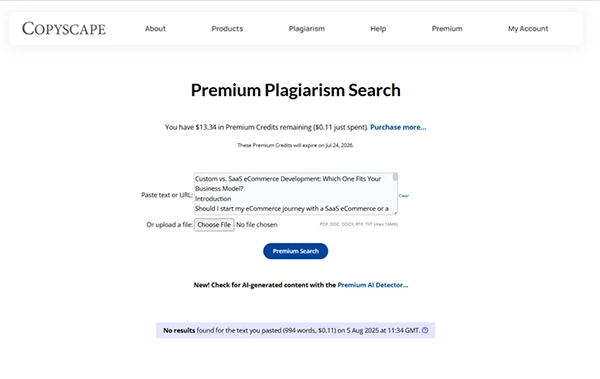
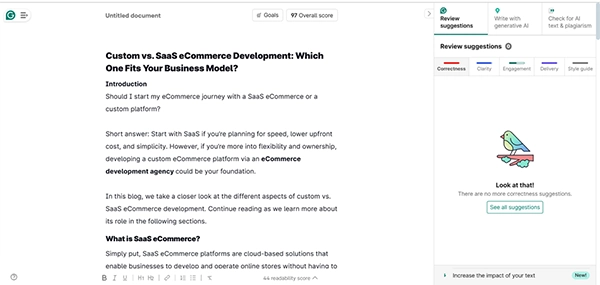
Ever try to upload a big file on a laptop that sounds like it’s about to take off? Or wait…
It is noteworthy that a significant 86% of business leaders attribute workplace failures to ineffective and non-collaborative teamwork. The essential…
Has your website been experiencing excessive inaccessibility due to error code 521? This is a technical code that shows a…
Did you know? An ideal capacity utilization rate typically ranges from 85% to 90%. Operating within this range indicates strong…
Imagine a sudden decrease in your business, not for any reason related to your product, but because of your login…
Selecting the right manufacturing software can shape the way a business manages production, tracks costs, and meets customer expectations. With…
Have you experienced that most of the customer service calls come with endless menus, and you have to repeat your…
In the contemporary era, nearly all aspects of life are intricately linked to digital systems. Sectors such as retail, finance,…
In today’s increasingly competitive landscape, service providers must strike a balance between resource management, client satisfaction, and profitability. Using spreadsheets…






